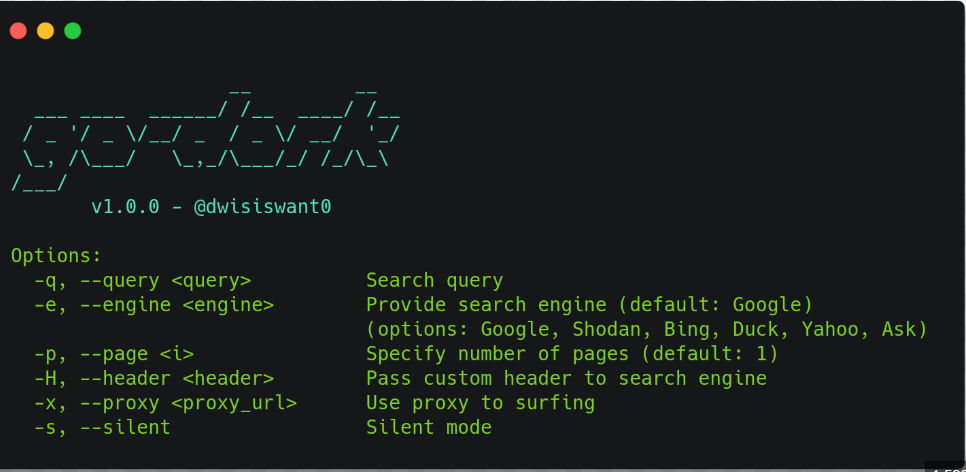
BLAZING DORK V1.5 CRACKED
In recent years, cybercriminals have increasingly relied on sophisticated tools to carry out attacks, with one notable example being a modified version of a well-known penetration testing framework. This BLAZING DORK V1.5, often distributed illicitly, has been repurposed for malicious activities, including unauthorized network intrusions, data exfiltration, and the deployment of ransomware. Its widespread abuse highlights the growing threat of weaponized security tools in the hands of threat actors, who exploit its capabilities to bypass defenses and maintain persistence in compromised systems.
Initially designed for legitimate security testing, this software provides a modular framework for assessing vulnerabilities, executing exploits, and managing post-exploitation activities. Ethical hackers use it to simulate attacks and strengthen defenses, but the cracked version removes licensing restrictions, enabling misuse. Typical malicious applications include credential theft, lateral movement across networks, and the delivery of secondary payloads, such as spyware or ransomware.
Download Link 1
Download Link 2
Download Link 3
Download Link 4
Key Features
| Feature | Description |
| Exploit Development | Pre-built and customizable exploits for known vulnerabilities. |
| Payload Generation | Creates malicious code snippets for remote execution. |
| Post-Exploitation Modules | Tools for privilege escalation, persistence, and data harvesting. |
| Evasion Techniques | Obfuscation and anti-detection methods to bypass security tools. |
| Command & Control (C2) | Integrates with C2 servers for remote access and control. |
How the BLAZING DORK V1.5 Works
The software operates in stages, beginning with reconnaissance to identify target vulnerabilities. It leverages a database of exploits tailored to specific software or system weaknesses. Once a vulnerability is detected, the attacker selects an appropriate exploit and pairs it with a payload—a piece of code designed to execute malicious actions, such as opening a backdoor or deploying malware.
- Exploitation: The software delivers the exploit to the target, often through phishing emails, malicious links, or exposed network services. Successful exploitation triggers the payload.
- Payload Execution: The payload establishes a connection to the attacker’s server, enabling remote control. Standard techniques include process injection or scripting to evade detection.
- Post-Exploitation: Attackers use built-in modules to escalate privileges, move laterally, or deploy additional malware. The software may also employ encryption or tunneling to hide communications.
To avoid detection, the software employs techniques like code obfuscation, sandbox evasion, and traffic masking. Its modular design allows attackers to customize attacks, making it a versatile tool for both penetration testers and cybercriminals.
![Work With Dorks [DORK’s Generator]-Dork Generator](https://blackhatus.com/wp-content/uploads/2025/07/Work-With-Dorks-DORKs-Generator-Dork-Generator-1.png)

